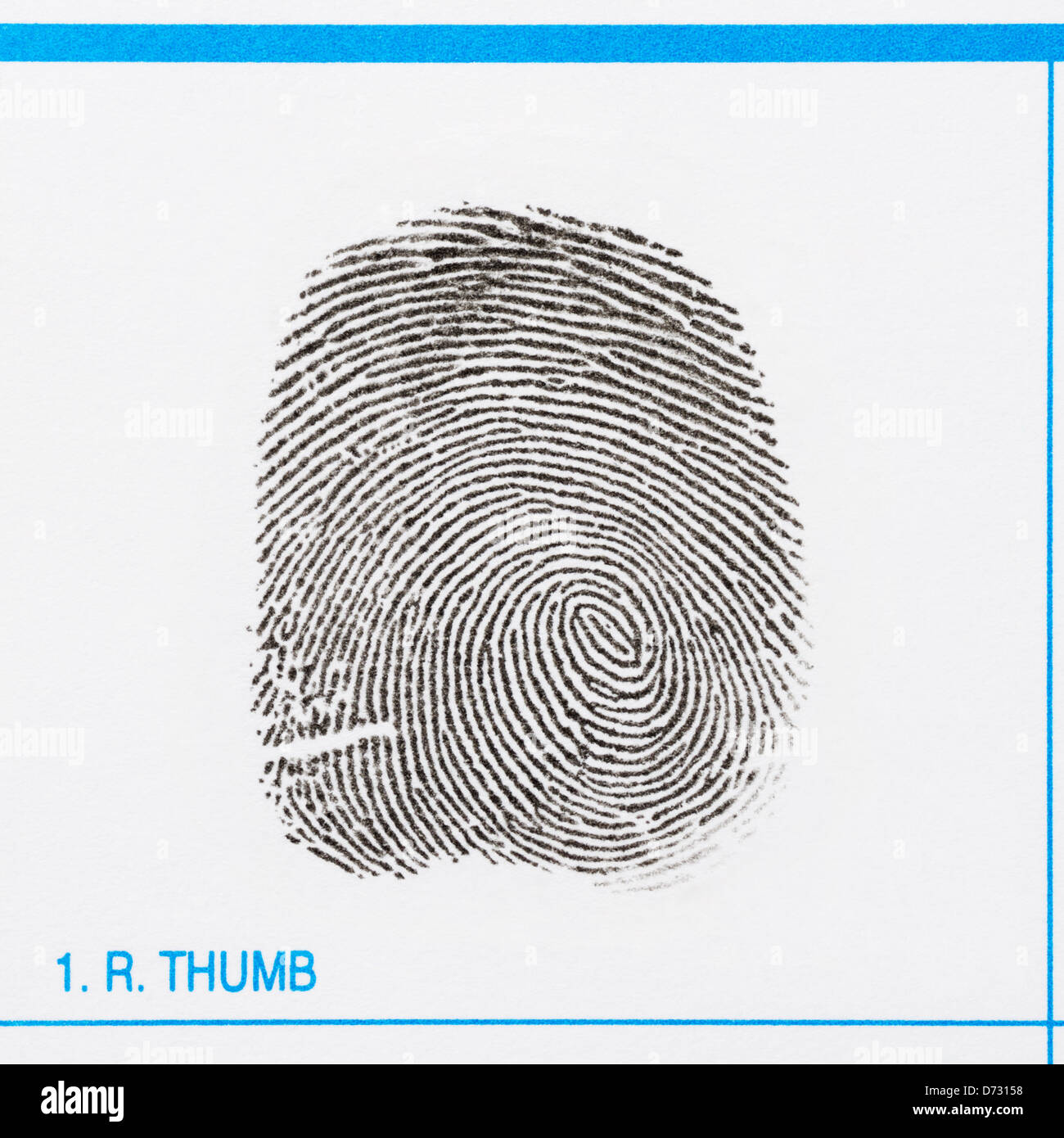
Participants and participant’s parents provided written informed consent and ethical approval was obtained from the ALSPAC Ethics and Law committee and the Local Research Ethics Committees.Īdult and adolescent samples from QIMR were analyzed as one sample of 3301 participants from 1764 families. Two samples of twin and families were recruited from the Queensland Institute of Medical Research (QIMR), and from the Avon Longitudinal Study of Parents and Children (ALSPAC) birth cohort study( Boyd et al., 2013). Building on previous findings, the present study sought to identify genetic variants associated with fingerprint patterns on each digit. 65-.96) has been reported for up to 12 dermatoglyphic characteristics ( Machado et al., 2010), suggesting a genetic basis for pattern type. Multivariate linkage analyses revealed a pattern of factor loadings for ridge count which supported this argument, and also found linkage to 5q14.1 driven by index, middle and ring fingers ( Medland et al., 2007a). Mathematical models suggested for dermatoglyphic development include heterogeneous genetic factors influencing development versus between-digit differences, with a pattern of covariation between digits suggestive of a morphogenetic field effect( Martin et al., 1982). These pattern formations are determined by the ratio of volar pad height to width in utero ( Mulvihill and Smith, 1969) influenced by gene interaction with intra-uterine environment ( Penrose, 1968). Results of meta-analysis for whorls on each digit (p < 5 × 10-8)Įarly work on dermatoglyphics identified three major categories of fingerprint patterns: arches, whorls, and loops, differentiated according to landmark structures formed by dermal ridges: the triradii and core ( Holt, 1968). In summary, the top SNPs in the meta-analysis results are all within oncogenes with the exception of TBX3 and MED13L, and are associated with inhibition of breast cancer cells, poor prognosis in leukemia, and high versus low grade glioma tumors. Locuszoom plots of meta-analysis resultsĪ: top SNPs for WL2 are encompassed by a single gene OLA1 B: hits for WR2 are within and adjacent to MECOM C: signals for WL4 is between TBX3 and MED13L D: WL5 and WR5 top SNPs are within ADAMTS9-AS2. Results of univariate and meta-analyses GWAS for cohorts QIMR and ALSPAC on each digit (p < 5×10-8)įigure S7. Meta-analytic quantile-quantile (Q-Q) plots Figures illustrate absence of inflation and support the lack of technical artifacts affecting the results.įigure S5.

ALSPAC univariate quantile-quantile (Q-Q) plots. Figures illustrate absence of inflation and support the lack of technical artifacts affecting the results.įigure S4. QIMR univariate quantile-quantile (Q-Q) plots. This concurs with morphogenetic field theory of limb growth, which proposes chemical growth factors that decide differentiation of cells.įigure S3. Results show three latent factors underlying the whorl pattern type across digits: factor 1 influencing the 2 nd to 4 th finger of both hands, factor 2 influencing the little fingers, and factor 3 influencing the thumbs. Principal Components Analysis calculated using data from the QIMR adolescent sample (N= 2296). Frequency and Heritability of presence of whorls on all 10 digits


 0 kommentar(er)
0 kommentar(er)
